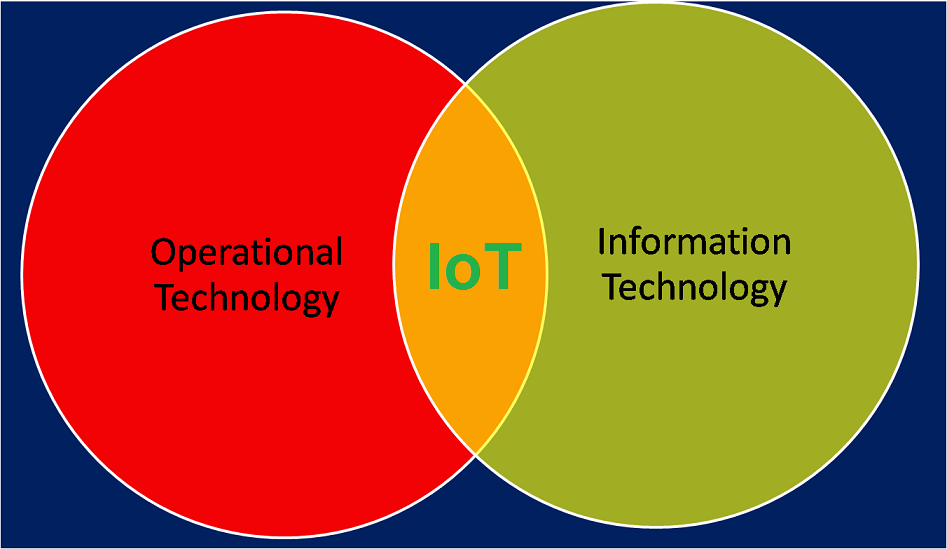
Internet of Things (IoT) is the current buzzword Whether you look at VC funding of start-ups or analyst forecasts about deployment, IoT seems to be red hot. While analysts and CIOs talk of IoT, many vendors label their offering as M2M (machine-to-machine), even as they talk of IoT applications to CIOs and corporate IT; so much so that the phrases are often used interchangeably.
But are they synonyms? Not really. While few in IT community have illusions about that, often they are at loss of words to counter confusions and dismissals concerning IoT and M2M. This article is aimed at precisely outlining the essential differences between the phrases.
One of the most common questions, especially those who come from industrial backgrounds, is—What’s so new in this? We have been doing it for ages. And guess what, they are right. But that is also an excellent starting point to illustrate the difference between M2M and IoT. What they have been using for ages is M2M; what is new is IoT.
Well, after playing off the Googly, it is time to illustrate.
Before we get into the differences, here is what is common and why the confusion has been created at the first place. M2M means the data is collected and (yes) even transmitted without any human intervention. Now, that is what all IoT systems do too. But they do more. For them, the cycle does not end with one or a set of quick actions being performed. The piece of data goes to become information and then treated like any other information.
In terms of pure technology, the differences are clear and easy to understand. Where they get to be challenging is that they bring about changes in organizational structure, in the way enterprises work, and the accrued value to the enterprises. Those are fundamental changes.
Here are the differences
- All M2M is not IoT; All IoT have some M2M. Absence of human intervention and the data being transmitted over a network is what most M2M applications do. But IoT does more; IoT takes that data to process it further. The objective of the traditional M2M systems is to perform some action, based on automatic collection of data; the objective of IoT system is to derive some value from the information thus collected.
- M2M is about efficiency; IoT is also about insights. Traditional M2M has been used to achieve operational efficiency. IoT systems are interested in that information too—to analyze and get some insight.
- M2M is operational technology; IoT is the intersection of operational and information technologies. M2M, despite being dependent on information and network technologies, have always remained as part of core technology of business; it has not really interacted directly with the enterprise systems, except for in a batch mode, some times. The basic requirement of IoT is to have an interface with the information systems.
- Most M2M are closed; IoT is connected to the world. Most M2M, though they are often connected to a system are not really part of the network. IoT, by definition, is connected to the global information network, or Internet. It does not mean all the info can be accessed from Internet. But an IoT system, with proper access permission, can be accessed from anytime, anywhere. As outlined above, they are connected to enterprise IT system, most of the time. Very rarely is a non-IoT M2M required to be accessed by a large set of users outside the organization.
- Operations in charge of traditional M2M; IT and operations co-owners of IoT. In terms of ownership, traditional M2M systems are implemented, operated and owned by operations; IoT systems are implemented jointly by operations and IT, while the ownership of operational system rests with the operations team while enterprise IT becomes custodian of information generated.
- Little role of analytics in traditional M2M; IoT is built around analytics. Since most of the information is just used to perform a task or set of tasks, after that one-time use, that piece of information is useless in a traditional operational M2M system. In IoT, the real journey of the information begins there. It is stored, and can be analyzed independently and in conjunction with any other piece of information available enterprise-wide or outside to derive insights that can add value not just to operational efficiency in the short (traditional), medium (better system design) and long term (business insights). In fact, coming at the time it has come, analytics has become the essential element in IoT; so much so that many put it as: M2M+analytics = IoT.
- Security and UX is not an issue in traditional M2M. Traditional M2M systems are closed hence security is not much of a concern. Similarly, traditional M2M systems are used by a limited number of users, hence user experience of the system is not that important. IoT systems may be spread over diverse set of users; so, UX has a comparatively higher degree of importance.
No of connected devices in the world are close to 15 billion; that is about two connected devices per person. In the next five years, as the population grows less than 10%, number of such devices is going to grow at least four-fold. The amount of data that they will generate will be huge and will be used to make an impact on almost all aspects of human lives.
Smart cities, wearable computing, newer energy systems and new form of delivery of citizen services and governance in most part of the world will not just information explosion, but also will see impact of Metaclfe’s Law on connected devices: the value of IoT for each of us (and our devices) will grow in direct proportion to the number of connected devices.
Just as IT today is inseparable from Internet; IT of tomorrow will be inseparable from IoT.
